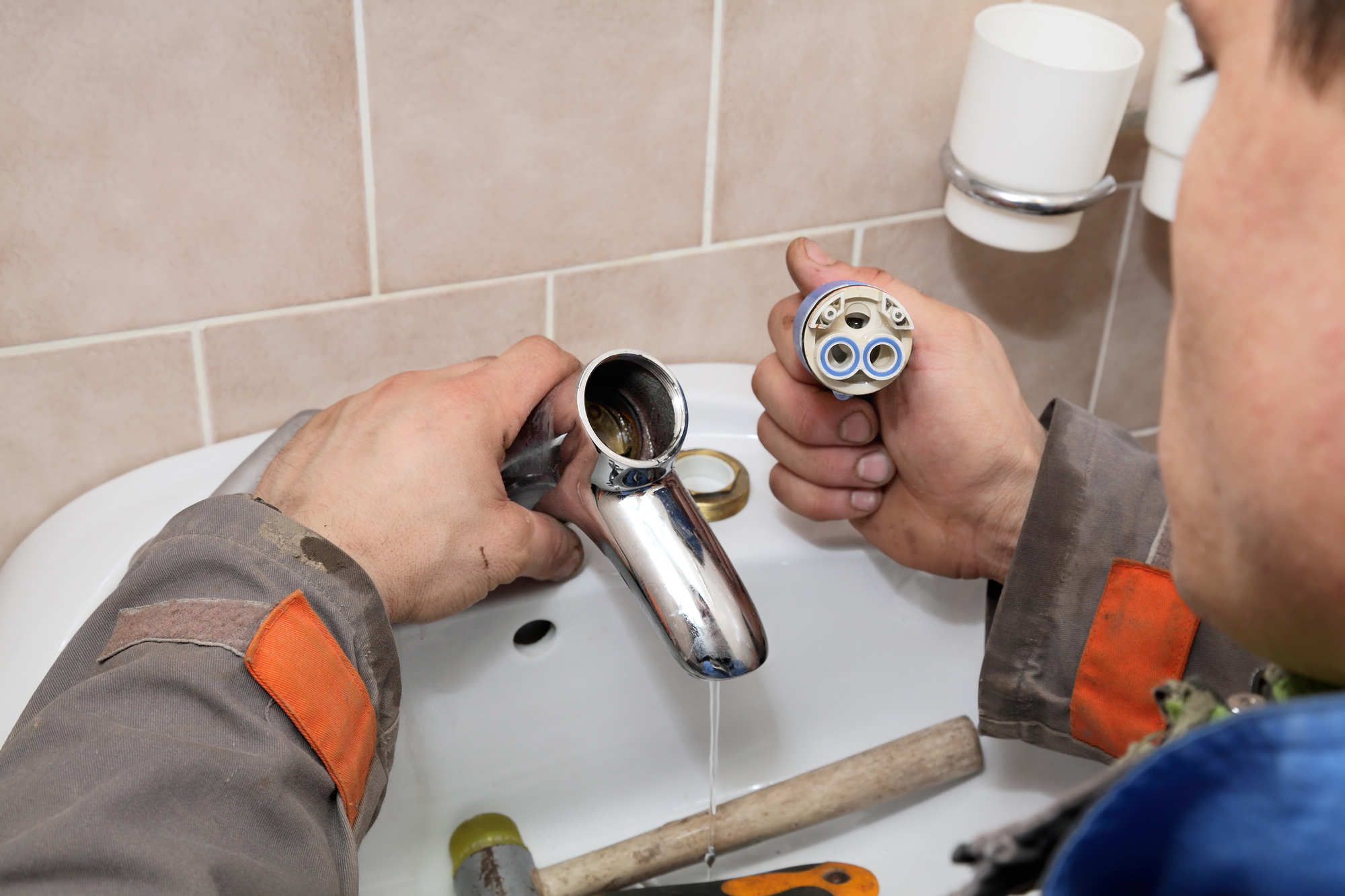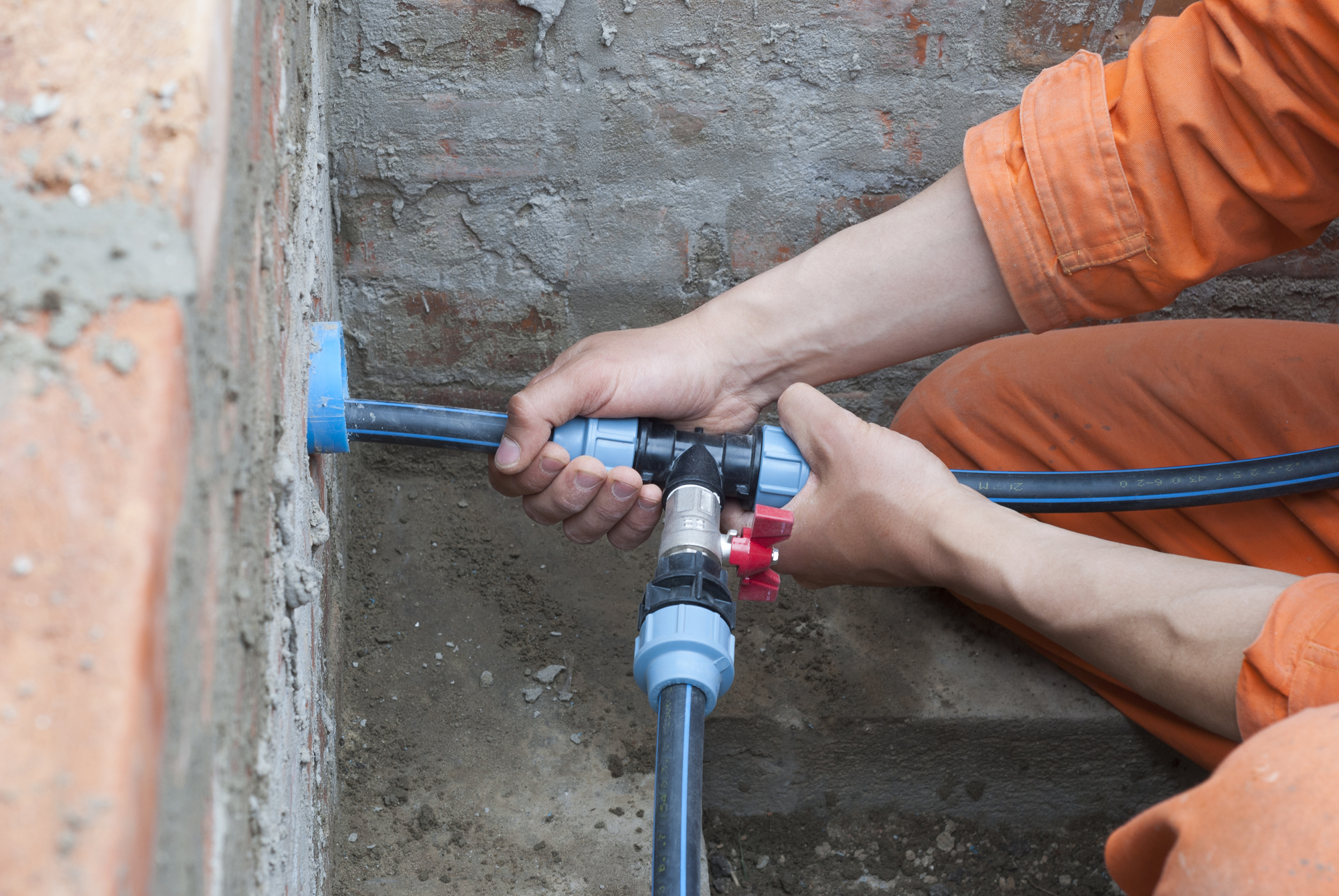As the world becomes more environmentally conscious, almost every industry is making efforts to lessen their carbon footprint. One of the industries that are often overlooked in this aspect is plumbing. However, the need for sustainable plumbing practices led to the emergence of green plumbing. In this article, we will delve into what green plumbing is, how it differs from traditional plumbing, and its benefits.
What is Green Plumbing?
Green plumbing, also known as sustainable plumbing, is a set of practices that incorporate environmental responsibility into the design, installation, and maintenance of plumbing systems. It aims to limit the use of natural resources, reduce waste, and improve water and energy efficiency. Compared to traditional plumbing, green plumbing is more sustainable, cost-effective, and can help you save a significant amount on utility bills.
How is Green Plumbing Different from Traditional Plumbing?
The key differences between green plumbing and traditional plumbing are in their goals and techniques. Traditional plumbing systems focus primarily on functionality and aesthetics without factoring in environmental factors. They are likely to be made of materials that are not sustainable, and they are not designed for energy and water efficiency, which often leads to wastage.

On the other hand, green plumbing systems are designed for energy and water efficiency and made of sustainable materials. They include features such as low-flow toilets, rainwater harvesting and reuse systems, greywater recycling systems, and solar water heating systems. These green plumbing systems work towards reducing water usage, improving energy efficiency, and minimizing waste.
Benefits of Green Plumbing
1. Water Conservation: One of the most significant advantages of green plumbing is that it can help conserve water. Green plumbing systems are designed to minimize water usage by incorporating low-flow showerheads, faucets, and toilets. These features can help you save up to 50% of your household water consumption.
2. Energy Efficiency: Green plumbing systems are also designed for energy efficiency. They incorporate features such as on-demand hot water circulation and solar hot water heating systems that can help you reduce your energy consumption by up to 40%.

3. Reduced Environmental Impact: Green plumbing is designed to reduce the environmental impact of your plumbing system. The sustainable materials used in the plumbing system are recyclable and environmentally friendly. The systems are designed to produce less waste and reduce the amount of water and energy consumed, thus ensuring a lower carbon footprint.
4. Cost-effective: While many may presume that sustainable plumbing systems are expensive, they can lead to significant cost savings in the long run. They not only help you save on utility bills but also help you avoid the costs of frequent repairs and replacements.
Conclusion
Green plumbing has become increasingly essential as we aim to conserve our natural resources and reduce our impact on the environment. Incorporating sustainable plumbing practices is not only essential but also cost-effective. The benefits of green plumbing extend to the environment, your health, and your wallet. As a homeowner or business owner, you should consider adopting green plumbing practices to reduce your carbon footprint, conserve water and energy, and promote environmental sustainability.
If you are interested in sustainable plumbing practices, contact us at Ace Plumbing Repair. Our team of plumbing experts is committed to incorporating green plumbing practices in all our designs, installation, and maintenance services. Visit us at aceplumbingrepair.com or call us at (844) 711-1590 today.






